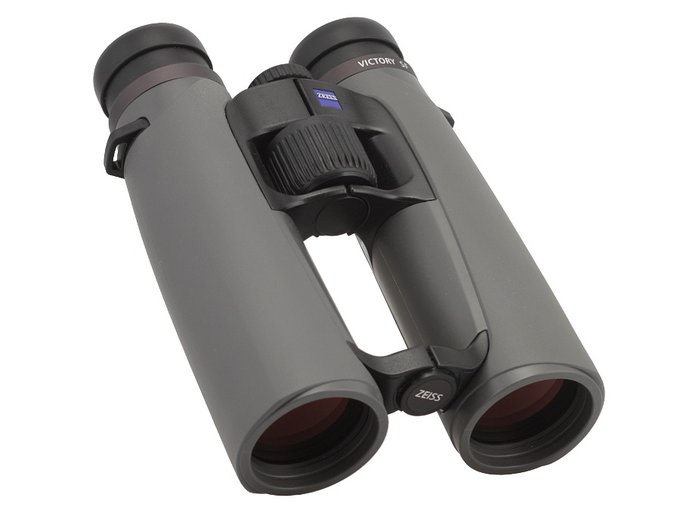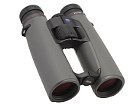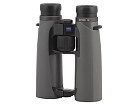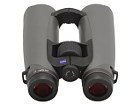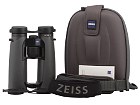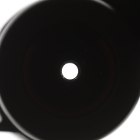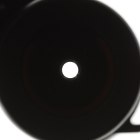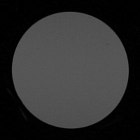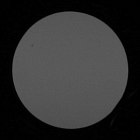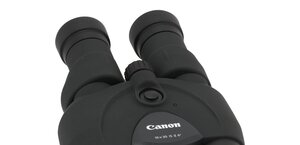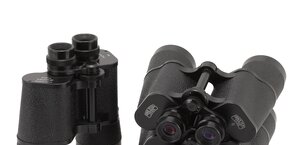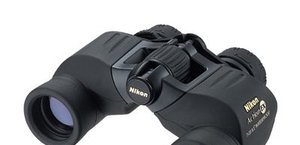Carl Zeiss Victory SF 10x42
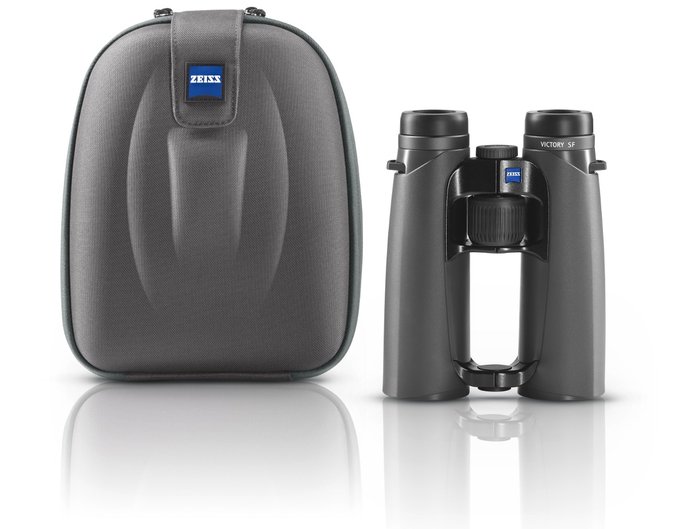 |
One glance at the parameters and you know that the Victory SF 10x42 model indeed offers you noticeably more than its Victory HT equivalent. The field of view increased by half a degree, reaching an excellent value of 6.8 degrees. What’s more, the eye relief distance got bigger as well, amounting to 18 mm and making the observations even more comfortable. Finally the minimum focusing distance decreased to 1.5 meters.
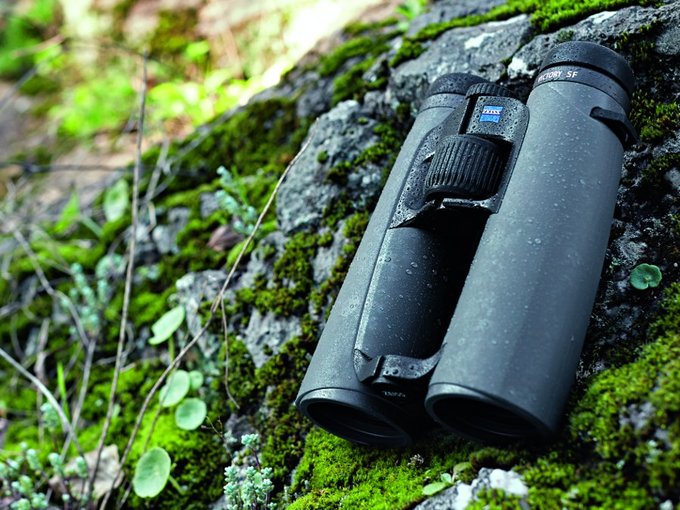 |
There are a lot of changes when it comes to the optics too. The number of elements in the objective lens decreased from four to three (so now it is a 2+1 set) but the producer used a completely new type of low dispersion Ultra FL glass. What’s interesting, you still get the roof Schmidt-Pechan prisms; they are phase-correction coated and come with the multicoated reflective surface made of dielectric coatings (over 70 layers). The construction of the eyepiece itself is very impressive – it consists of as many as 7 elements which are supposed to guarantee not only a wide field of view but also flattened, perfectly corrected edges.
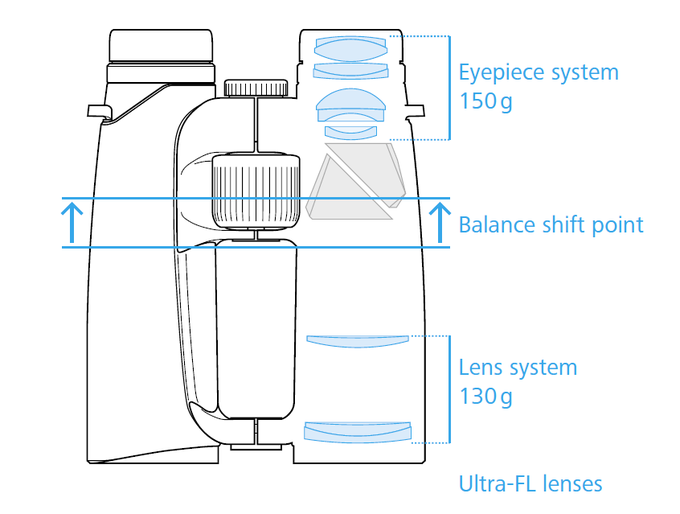 |
Of course you shouldn’t forget about the Schott HT (High Transmission) glass and antireflection multicoatings T* covering all air-to-glass surfaces. These features are supposed to ensure a really high transmission of the optical system (on a level of 92%) and vivid, real-life colours rendering. Additionally the outer lenses are covered by LotuTec coatings which not only protect them against dirt and moisture but also make them easier to clean.
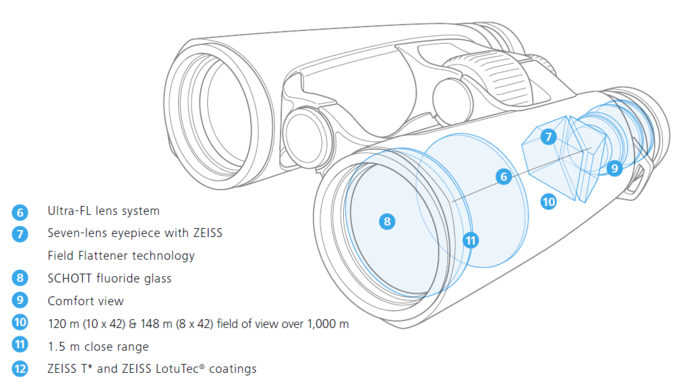 |
When it comes to airtightness and durability of the housing made of magnesium composites its properties are exactly the same as those of the housing of the Victory HT. The appearance, though, changed diametrically because now you deal with an open hinge construction.
It is also clear Zeiss tried to ensure the best ergonomics possible. Let’s start with the position of the central focusing wheel. In the case of its rivals and the Victory HT series it is situated near the eyepieces but in the Victory SF model you can find it right under your index finger. You don’t have to bend that finger at a strange angle in order to turn the wheel and set the focus.
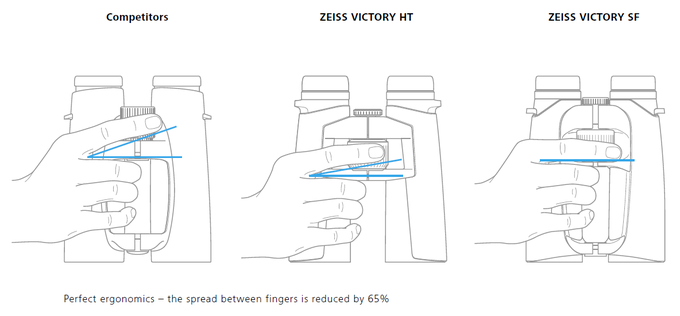 |
The producer also made sure the pair of binoculars was balanced properly. The optical system of the eyepiece is complicated enough to weigh more than the objective lens. As a result the centre of gravity is situated near your eyes, providing a better stabilization of the whole instrument during observations.
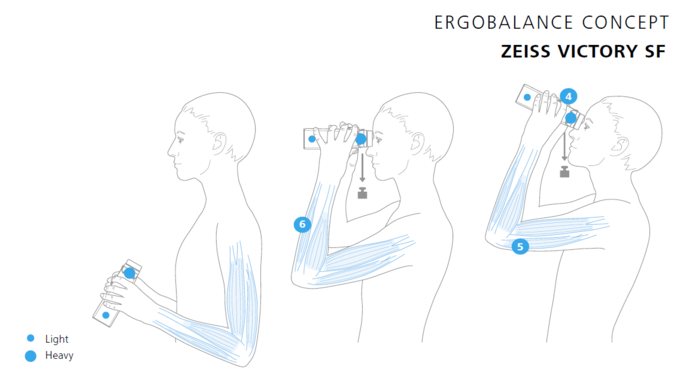 |
Buyers get joined caps for objectives and eyepieces, a stylish, hard case and a comfortable strap. The binoculars come with a 10-year warranty period.
| Magnification | Lens diameter | Angular field of view | Prisms | Eye relief | Weight | Price |
|---|---|---|---|---|---|---|
| 10 | 42 | 120/1000(6.8o) | BaK-4/roof | 18 mm | 780 g | 10900 PLN |
Summary
Pros:
- solid, high quality housing,
- wide field of view – one of the widest in its class,
- high transmission,
- low chromatic aberration both in the centre and on the edge,
- perfect distortion correction,
- negligible astigmatism,
- low coma,
- sharp image almost to the very edge of that wide field of view,
- circular exit pupils on dark background,
- high quality prisms made of BaK-4 glass,
- good antireflection coatings,
- sharp image already from 1.5 metres.
Cons:
- distinct reflections visible beyond the eyepiece's diaphragm
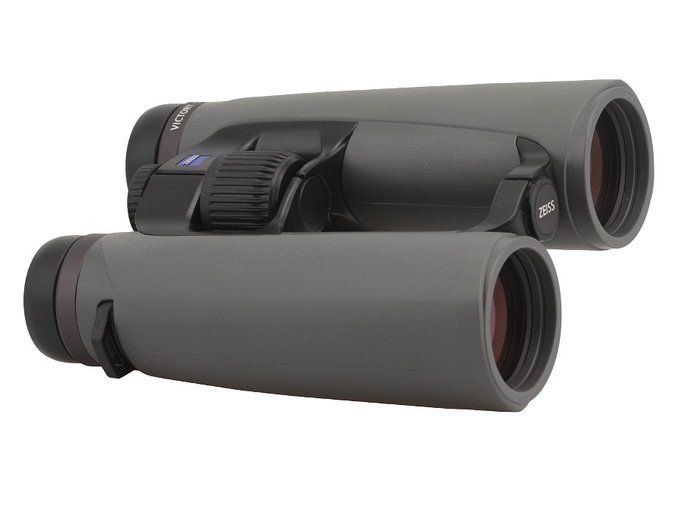 |
The Zeiss Victory SF is the proof that it is possible to produce a pair of binoculars with a very wide field of view which is also perfectly corrected. If not for that strange slip-up with reflections beyond the eyepiece's diaphragm, most likely caused by a shiny ring inside tubes which aren’t baffled properly by apertures, you would get an instrument optically perfect, an ideal.
There’s one more surprise: the using of Schmidt-Pechan prisms. So far top-of-the-range Zeiss binoculars featured more efficient Abbe-Koenig systems. The change might stem from the preferences of the chief constructor of that set of binoculars who used to work for Leica and Swarovski Optik and tend to design binoculars with Schmidt-Pechan prisms.
The transmission of the binoculars looks really well, reaching about 93% in the middle of the visible spectrum.
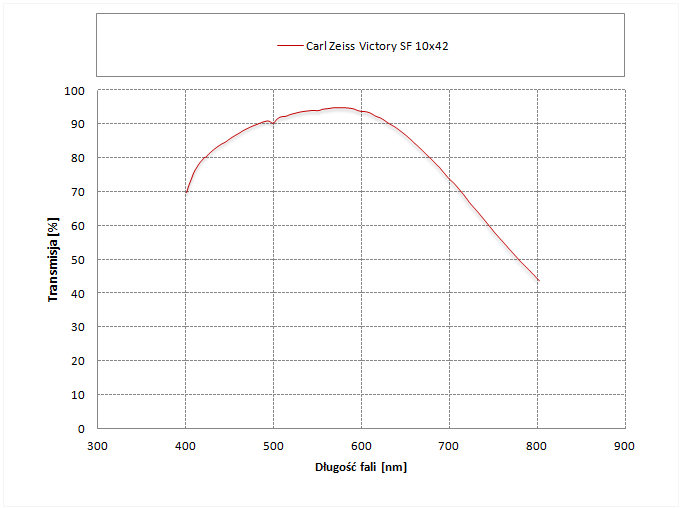
Still the overall image is worse than that of the Victory HT model because its loss of blue light was significantly smaller. It might be caused by Abbe-Koenig prisms which don’t demand any reflective coating but also by simpler optical system – in the Victory HT you deal with one element less in the optical axis.
The only binoculars which can compete with the Victory SF on the market are the Swarovski EL Swarovision and the Nikon EDG. The Zeiss’s field of view is wider than their fields but the slip-up with the reflections behind the eyepiece's diaphragm simply shouldn’t have happened in a case of a top-of-the-range instrument. Still if you are not bothered by it the Zeiss is certainly recommendable in practically every other aspect.





